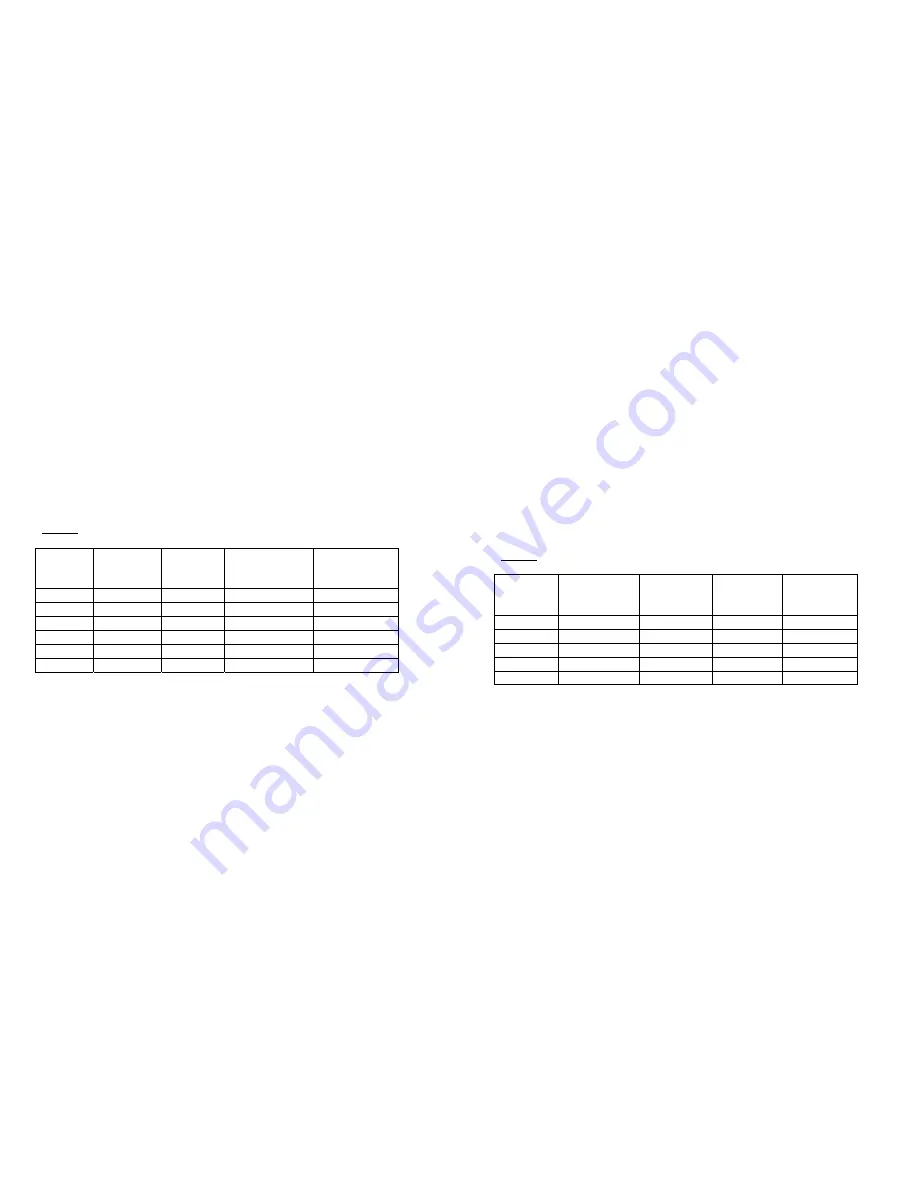
7
stay warm even when it is very cold. Their fur can trap and hold a layer
of warm air next to their skin. This is called insulation. Your house has
materials inside the walls and roof to trap air. This is also called
insulation.
Put several strands of animal hair or fur in between a glass slide
sandwich like you did with the cloth fibers and look at them under your
microscope. If you look closely at 80X or 200X magnification you might
see small rough lines going around each hair. These are growth lines. If
there is a large space between these lines the hair is fast growing. A lot
of small spaces between lines indicate a slow growing hair.
Some small paintbrushes have hairs from squirrels. Other brushes might
have bristles from pigs.
Pull out a single hair from your head. (Ouch!) Does it look like any of the
animal hairs?
Notes:
Sample
#
Where is
it from?
Is the
hair
smooth?
Would it keep
the animal
warm?
Can you see
growth
rings?
#1
#2
#3
#4
#5
#6
Project #3: Leaves
You will need: Your microscope
2 or more clean, blank slides
different types of Leaves
Plants breathe through their leaves! Most leaves have small holes in
their underneath side called
stomata
. They breathe in carbon dioxide
from the air and release oxygen back out. This is the opposite from
people. We breathe in oxygen and breathe out carbon dioxide. In this
way people and animals help plants and they help us. The fancy name
for a relationship like this is a
symbiotic relationship
.
8
Collect leaves from different tree and plant types. The needles of pine, fir
and spruce trees are also leaves, but they look a little different.
If you gather your leaves in the spring and summer they will be mainly
green. In the fall and winter they may be red or brown or orange; all
except the small fir, pine and spruce needles. They stay green all year
round. These trees are called
evergreens
.
Look closely at your leaf samples at 200X magnification. Look for
patterns of lines running through the leaf. These are the veins of the leaf
and they carry nutrients, or energy food back and forth between the leaf
and the main plant. One of these nutrients is chlorophyll. The leaf makes
chlorophyll with the help of sunshine and nutrients drawn up from the
underground roots of the plant. Chlorophyll is a bright green in color and
that is why the leaf is green in the summertime. When cold weather
approaches most plants keep the root nutrients safely inside the main
stem and the roots to help them get through the winter. When this food
supply stops the leaf stops making chlorophyll and loses its green color.
Notes:
Sample #
What plant
is it from?
What color
is it?
Can you
see the
veins?
Can you
see the
stomata?
#1
#2
#3
#4
#5
Project #4: Dirt and Sand
You will need: Your microscope
several clean, blank slides
several plastic slide covers
samples of dirt and sand from different places
specimen vials to hold the samples
pipette
water
Collect dirt and sand from around your house and from different
beaches. Use the specimen vials in your microscope kit to hold the


























